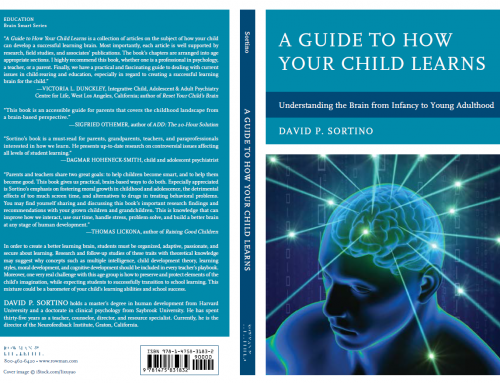A recent Press Democrat article titled “Santa Rosa City Schools Renews Push for College-prep Class Requirements” for all students is in my opinion a simplistic approach toward meeting the needs of all high school students and could actually accelerate the high school drop-out rate and even increase juvenile delinquency. My concern is based on my many years as a teacher and several years as an educational consultant at a local juvenile hall facility.
Many of my juvenile hall inmates had dropped-out of school, joined gangs, indulged in drugs or petty crimes and ultimately ended-up at juvenile hall. However, a popular vocational assessment (Holland’s Self-Directed Search) provided me with possible answers as to why many of these inmates dropped-out of school and end- up in juvenile hall needs to be examined more closely.
Over the course of my five years at juvenile hall I assessed over two hundred male and female inmates. The results of my assessments disclosed that about seventy-five percent of the juvenile hall males and females revealed three major vocational interests defined as realistic, social and conventional. The realistic, social, and conventional personalities defined vocational types allied with strengths and/or interests associated with one’s kinesthetic (hands-on) intelligence such as carpenter, plumber, electrician, etc. In addition, about seventy-five percent of my female assessments revealed vocational interests that defined a vocational personality who preferred to work with individuals in a hands-on social setting such as hairdresser, dental hygienist, preschool teacher, etc.
Moreover, during the course of my work with juvenile offenders I noticed a decided positive change in their personalities after we discussed and researched various occupations associated with their desired vocational interests. In fact, line staff, counselors and teachers noticed an improvement in the inmate’s self-esteem, as well as positive pro-social changes with the inmates’ behavior, including improved academic performance. I surmised that the positive changes could be due the fact that for one of the few times in their lives someone was actually telling them that they could actually be someone?
The recent discussion concerning the development of a college preparatory track is at best short sighted and doesn’t take into account that some high school students represent multiple intelligences (kinesthetic) and/or vocational personalities (conventional, social, realistic) as a potential reason for their school failure as well as juvenile crime?
Bottom line: rather than creating an only college track curriculum we need more technical programs and especially a four-year technical high school to accommodate a percentage of students who exhibit a more hands-on kinesthetic learning style or intelligence. In short, a one size fit all college prep curriculum cannot accommodate all student’s interests.
David Sortino is the author of A Guide to How Children Learn. He is currently the Director of Neurofeedback Institute of Sonoma. Dr. Sortino can be reached at davidsortino@comcast.net or at NeurofeedbackInstitute.blogspot.com


